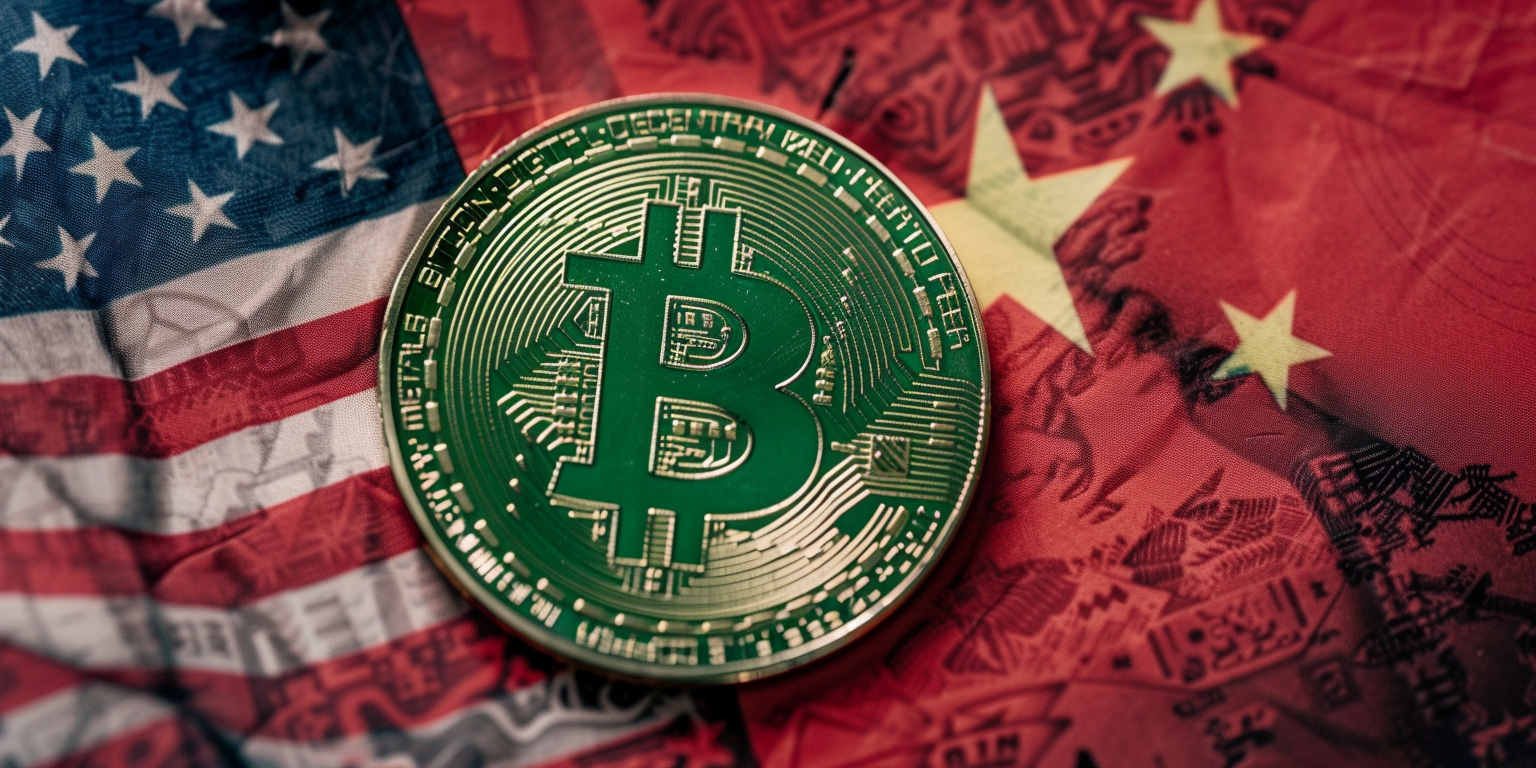The U.S. economy faces significant challenges due to its large national debt and the growing influence of China in the global financial system. However, stablecoins backed by the U.S. dollar may offer a solution. These digital currencies create a demand for U.S. government debt, helping the country sustain its borrowing needs.
According to a Wall Street Journal article, the U.S. is on a perilous path toward a debt crisis that could stall the economy and force drastic budget cuts. Entitlement programs like healthcare and retirement benefits are driving the debt, yet political gridlock has prevented necessary reforms. WSJ warns of a potential failed Treasury auction, which could precipitate a severe economic contraction and a major confidence shock in the dollar.
The time for solutions is now, and stablecoins might offer a viable path forward. Paolo Ardoino, CEO of Tether, emphasized in a social media post on X the transformative impact of USDT on global financial dynamics, especially in developing economies. Ardoino highlighted that USDT fosters demand for the U.S. dollar among over 300 million users worldwide, offering stability in regions afflicted by inflation and currency devaluation. The Wall Street Journal supports this view, noting that stablecoins could stave off a U.S. debt crisis by being significant net purchasers of U.S. government debt.
USDT’s influence extends beyond financial stability. With significant holdings in short-term U.S. Treasury bills valued at $90.87 billion last quarter, Tether is among the top global buyers of these securities. This positions Tether as a substantial player in traditional financial spaces, further integrating cryptocurrency into mainstream economics.
Related: Dubai Purges Privacy, Stablecoins In Strict New Crypto Laws
Stablecoins also offer strategic advantages in the geopolitical arena, particularly against China. China has been pushing for non-dollar payments in trade with countries like Russia and the Middle East. The Chinese yuan recently became the fourth most used currency in global settlements. The demand for the yuan is expected to grow, especially after the collapse of the U.S.-Saudi Arabia petrodollar deal, coupled with China’s rapid advancement in digital currency.
“If other countries are successful at bolstering their currencies’ influence while dumping Treasury debt, the U.S. will need to find new ways to make the dollar more attractive. Dollar-backed stablecoins are one answer,” argues WSJ.
China is making rapid strides, aiming to embed the yuan in international financial networks through strategic infrastructure investments. If the U.S. aims to get ahead of this digital financial race, promoting dollar-backed stablecoins is a way to reinforce the dollar’s international dominance and secure a competitive edge against China. These stablecoins, built on public, permissionless blockchains, align with American values of freedom and openness, offering a stark contrast to China’s controlled financial ecosystem. As the U.S. navigates its economic challenges, embracing stablecoins could prove to be a crucial step in maintaining financial stability and global economic leadership.
Related: OpenAI Taps Real Freelancer Work to Benchmark AI Office Performance
A predictable regulatory framework for stablecoins has garnered bipartisan support in Congress. Establishing clear regulations would encourage the expansion of digital dollars, providing an immediate and durable increase in demand for U.S. debt. In this crypto election year filled with political turmoil, a push for stablecoin regulation could offer a much-needed economic boost and reaffirm the dollar’s global status.












